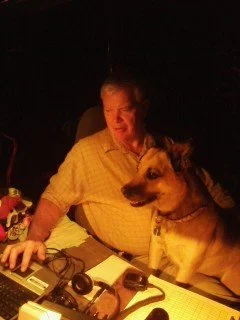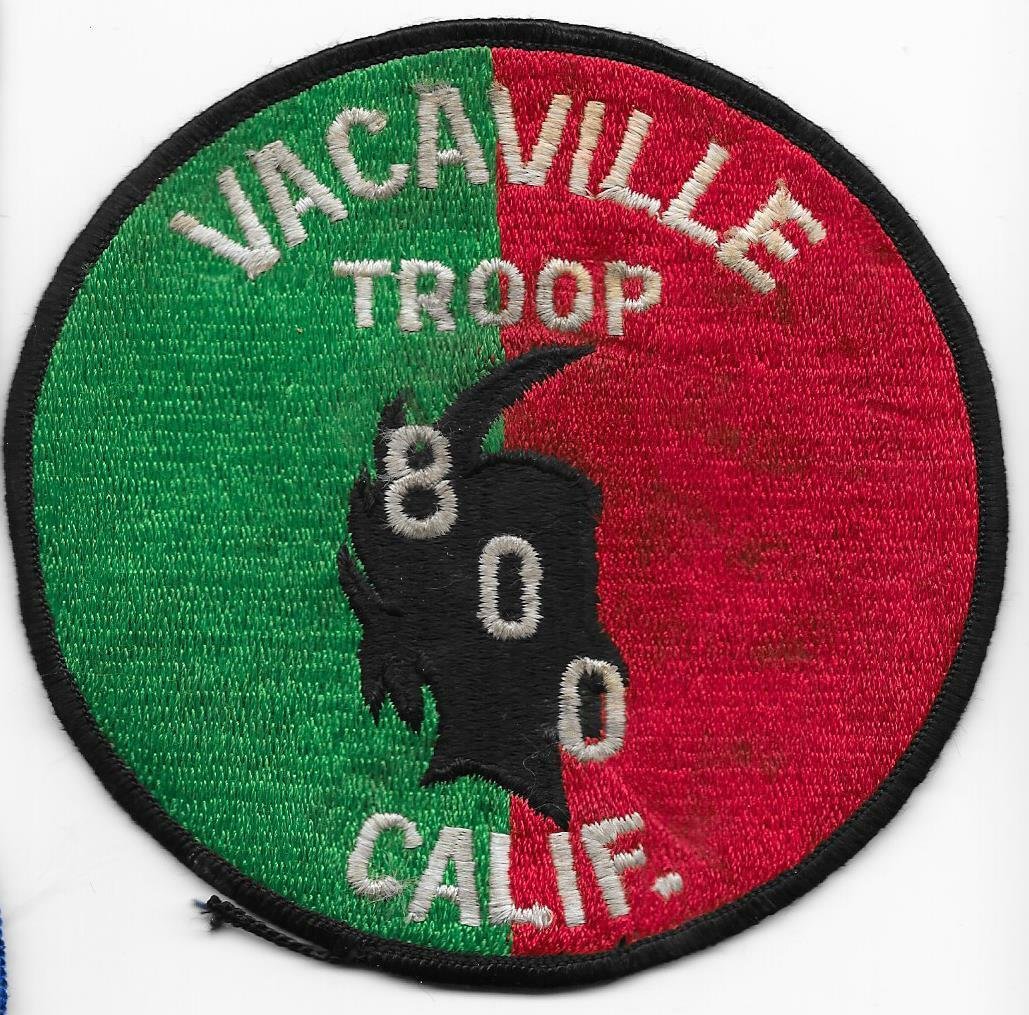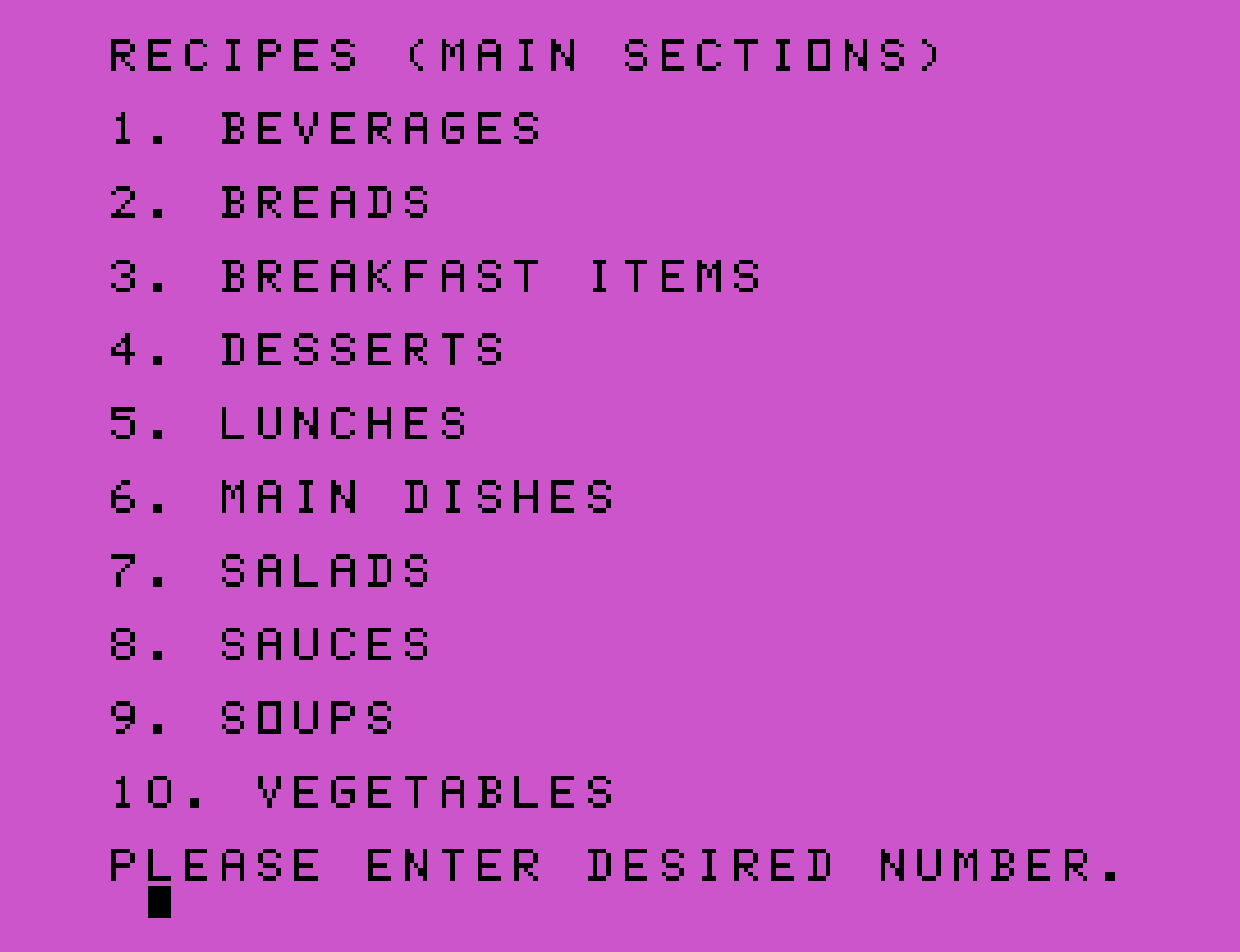A Tribute to Ralph Jones (KA6FDI / AA6GM): Silent Key, Mentor, Elmer, and Friend
I found out this week that one of my ham radio Elmers (i.e., mentors), Ralph Jones, passed away earlier this year on June 2, 2022. Apparently Ralph’s health had been declining for some time, although I only heard about his passing recently via a post from his wife on Facebook, where us old-timers still hang out. (Although I think I’m still too young to be considered an old-timer, even if I have been a ham radio operator for 31 years now!)
I first met Ralph, whose amateur radio call sign at the time was KA6FDI, when I was about 13 years old as a newly-licensed ham radio operator and member of the Vaca Valley Radio Club. At the time, Ralph was working for the local broadcast radio station, 95.3 KUIC, along with the previous holder of Ralph’s eventual callsign, AA6GM, Alan McCarthy. (Ralph was able to obtain Alan McCarthy’s call sign, AA6GM, via the FCC’s vanity callsign program, many years after Alan’s death from a heart attack in August of 1996.) Since amateur radio call signs are issued sequentially, Ralph’s call sign, KA6FDI, was practically a badge of ham radio wisdom and experience compared to my own then-Novice callsign of KD6DXA, which I still hold to this day, even as I upgraded my license and became eligible for a shorter call sign.
Once I upgraded my license from the now-defunct Novice class to a General class amateur radio license, I was eager to try out my new operating privileges on the 2 Meters amateur radio band, a VHF band generally used for local communication via hilltop repeaters and handheld or mobile radios. Being only about 14 years old at the time, I didn’t have much money to acquire radio gear, and so I was generally at the mercy and charity of others when it came to acquiring ham radio equipment. Ralph graciously offered to set me up with my own 2 Meter HT (“handy talkie”) handheld radio that he no longer needed, an ICOM IC-02AT—already a slightly-older model at the time but a veritable boat anchor of a handheld radio today!
I remember going down to KUIC Plaza in downtown Vacaville with my grandmother, Velma Fruhling (callsign WA6TOA, Silent Key) to pick up the radio from Ralph. The radio was in pristine condition, despite the radio being a slightly-older model. Ralph had tricked out the radio with a higher-quality and more-efficient “rubber duck” antenna (a flexible antenna commonly seen on handheld radios at the time), a complete set of accessories, extra rechargeable battery packs (along with the optional AA battery packs), and the instruction manual to boot. Ralph had even programmed a couple of local repeaters into the radio’s memory for me. I was in ham radio heaven!
Later that day I took the radio home, got acquainted with it, and promptly began chatting up everyone I could find to talk to on the local repeater, not quite yet familiar with the general repeater protocol of keeping the repeater open in case of higher-priority or emergency traffic. Even then I had the gift of gab apparently. It’s difficult to tell whether ham radio was formative in developing my gift of gab or a consequence of it. One could argue, though, that my early exposure to the civility and chattiness of amateur radio communication, and my penchant for “rag chewing,” played at least some role in my eventually becoming a philosopher with a deep-set need for verbal communication and connection.
Some time later, I believe when I was around 15 years old, Ralph invited me to join a local Boy Scouts troop of which he was scoutmaster at the time, Boy Scouts Troop 800 in Vacaville. Conveniently the meeting place for Troop 800 at the time was at the Episcopal church on Main Street, literally across the street from my grandmother’s house on West Street. At the time I thought that I was the oldest Scout-rank (the lowest rank) Boy Scout that there ever was, and I thought I looked ridiculous in a Boy Scout uniform. Even then I had a nonconformist streak apparently; scouting was simply too homogeneous, hegemonic, and hierarchical for my taste and temperament, and thus I was only a member of Troop 800 for a handful of months before calling it quits. In my brief time as a Boy Scout, I did, however, learn to tie—and still remember how to tie, to this day—a handful of rope knots, including a mean slip knot that has proved highly useful over the years in erecting wire ham radio antennas. In fact, I could probably tie anything to anything, useful both indoors and out, depending on one’s proclivities and extracurriculars.
A few years later, I believe when I was between college and graduate school, I was between schools, between jobs, and between radios. Ralph once again came to the rescue with yet another 2-Meter handheld radio, this time a much smaller, more lightweight, less bulky, more modern radio, the exact model of which escapes me at the moment. Ralph said, if memory serves, that he would sell me the radio for $100. When I told him that I didn’t really have the money at the time, he allowed me to take the radio anyway and said merely, “I’m not starving.” I told him that I would pay him back for the radio at some point, and I’m sorry to say that I never did, even if it would have been a symbolic gesture, at most, at a certain point. It was an early lesson on keeping one’s word and paying one’s debts—perhaps as a nod to Cephalus in Plato’s Republic, who held that justice is merely a matter of paying one’s debts—even when the debts are long forgotten.
Some time later I was back in Vacaville while home from grad school and decided to check into the Vaca Valley Radio Club’s “net” on the local repeater. It had been quite a few years since I checked in, and I was no longer a member. After the net proceedings ended, I heard Ralph giving me a call on the repeater, “KD6DXA from KA6FDI.” We chatted for a bit and met up briefly to catch up. If memory serves this was the last time I actually talked with Ralph on the air, and the last time I saw him in person. At the time, in the early- to mid-2000s, Ralph would have been an older middle-aged person, and his hair had greyed even further than it had in the early 90s. In fact, it’s hard for me to picture Ralph aging even further over the subsequent 20-ish years until his death.
It’s funny how time seems to freeze our memories of some people. I will always picture Ralph as a middle-aged, older and more experienced ham radio Elmer and mentor, just as he probably always pictured me as a teenager and Novice ham radio operator in his own memory, even if we managed to stay in touch periodically, more on Facebook in later years than on the ham radio—a sign of changing times in the early 21st-century, for sure. It’s lovely how our memory serves to freeze time that way, like a photograph or an old film reel as a window to the past, viewed perhaps through idealized Norman Rockwell type lenses. Those were simpler times, and in the absence of a consistent father-figure presence in my teenage years, I was fortunate to have the influence of many father-figure substitutes in various contexts—people like Ralph in ham radio circles, youth pastors and youth leaders at church, uncles and older cousins who lived nearby, etc.
Although there are plenty of reasons to be skeptical of human nature, there really are good, kind, helpful, and unselfish people in the world, who, out of the goodness of their hearts, will go out of their way—spending their time, energy, money, and bandwidth (both radio bandwidth and temporal bandwidth!)—to help others when called upon and to be a positive influence to those around them who need one. Ralph Jones was one of those genuinely kindhearted individuals, at least as far as I ever saw, and he will be missed by all who knew him. Although our lives only intersected a few brief times, and always in the context of ham radio circles, he remained a friend and Elmer, now frozen in time and in my memory as one of the most kind, generous, witty, helpful people and fellow ham radio operators I have ever known.












